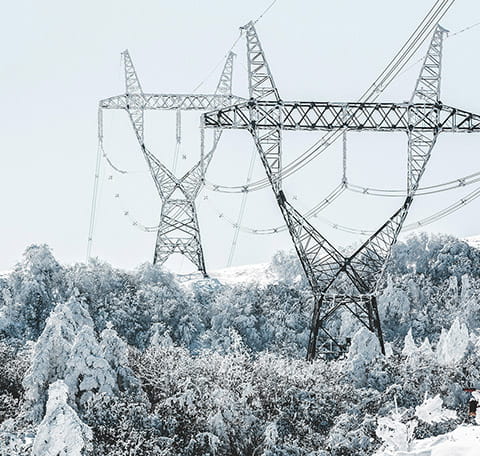
# Thermal Imaging Camera: A Comprehensive Guide
## What Is a Thermal Imaging Camera?
A thermal imaging camera, also known as an infrared camera or thermographic camera, is a device that captures and visualizes infrared radiation emitted by objects. Unlike traditional cameras that rely on visible light, thermal cameras detect heat signatures, allowing users to see temperature variations in their surroundings.
## How Does a Thermal Camera Work?
Thermal cameras operate based on the principle that all objects emit infrared energy as a function of their temperature. The camera’s sensors detect this energy and convert it into an electronic signal, which is then processed to produce a thermal image or thermogram.
Key components of a thermal camera include:
– Infrared detector (microbolometer)
– Optical system (lens)
– Signal processing electronics
– Display unit
## Applications of Thermal Imaging Cameras
### Industrial Maintenance
Thermal cameras are widely used in predictive maintenance to identify overheating components in electrical systems, mechanical equipment, and industrial processes before they fail.
### Building Inspection
Building professionals use thermal imaging to detect:
– Heat loss through insulation gaps
– Moisture intrusion
– HVAC system performance issues
– Structural defects
### Medical and Healthcare
In the medical field, thermal cameras assist in:
– Fever screening (especially during pandemics)
– Vascular disorder detection
– Inflammation identification
– Monitoring circulation
### Security and Surveillance
Thermal cameras provide effective surveillance capabilities by detecting human presence based on body heat, even in complete darkness or through smoke and fog.
### Firefighting
Firefighters use thermal imaging to:
– Locate victims in smoke-filled environments
– Identify hot spots and fire spread patterns
– Navigate through low-visibility conditions
## Choosing the Right Thermal Camera
When selecting a thermal imaging camera, consider these factors:
### Resolution
Higher resolution cameras provide more detailed images but come at a higher cost. Common resolutions range from 80×60 to 640×480 pixels.
### Temperature Range
Ensure the camera’s temperature range suits your intended applications. Some models cover -20°C to 250°C, while industrial versions may go up to 2000°C.
### Thermal Sensitivity
Measured in millikelvins (mK), this indicates the smallest temperature difference the camera can detect. Lower numbers mean better sensitivity.
### Additional Features
Consider:
– Image storage and analysis software
– Battery life
– Ruggedness and environmental protection
– Connectivity options (Wi-Fi, Bluetooth)
## Advantages of Thermal Imaging
– Non-contact temperature measurement
– Ability to see in complete darkness
– Detection of invisible problems (electrical faults, insulation gaps)
– Fast scanning of large areas
– Quantitative temperature data collection
## Limitations of Thermal Cameras
– Cannot see through glass (glass reflects infrared radiation)
– Lower resolution compared to visible light cameras
– Requires interpretation of thermal patterns
– Higher cost compared to conventional cameras
– Affected by environmental conditions (rain, snow, dust)
## Future Trends in Thermal Imaging
The thermal imaging industry continues to evolve with:
– Decreasing costs making the technology more accessible
– Improved resolution and sensitivity
Keyword: thermal camera
– Integration with AI for automated analysis
– Smaller, more portable designs
– Combination with other sensing technologies (visible light, LiDAR)
As thermal imaging technology becomes more affordable and sophisticated, its applications continue to expand across various industries, making it an increasingly valuable tool for professionals and consumers alike.